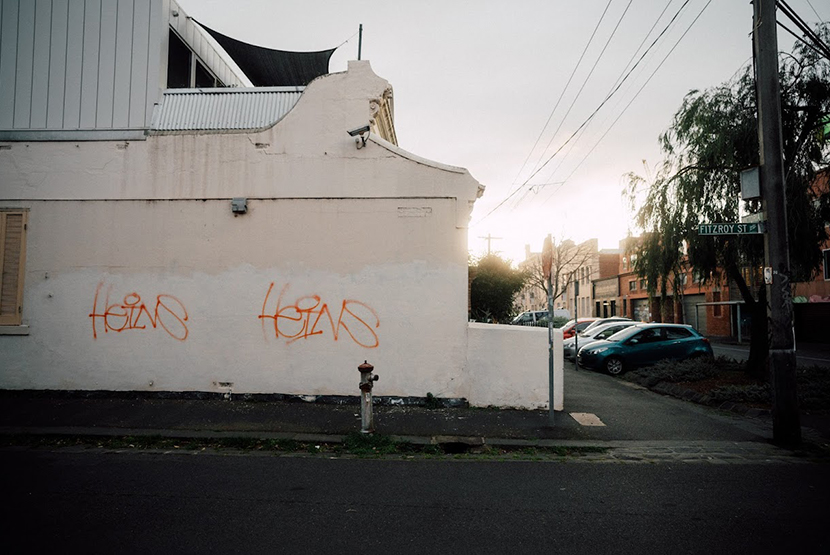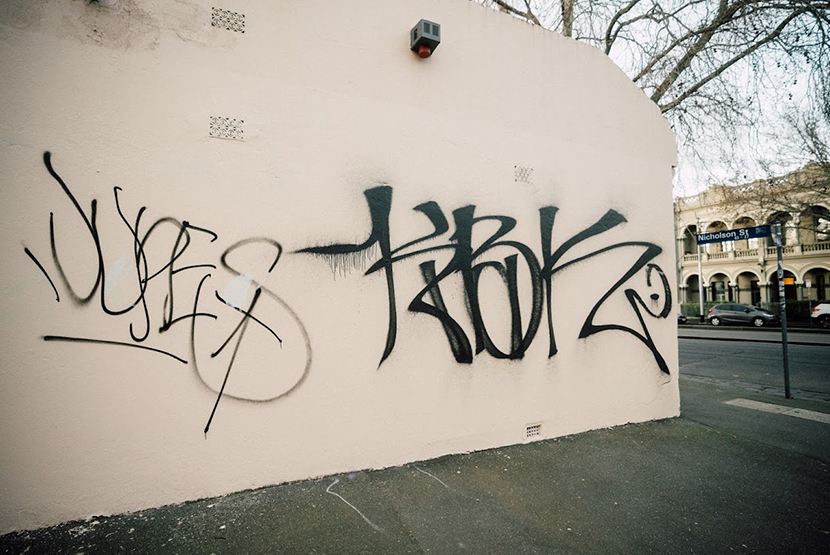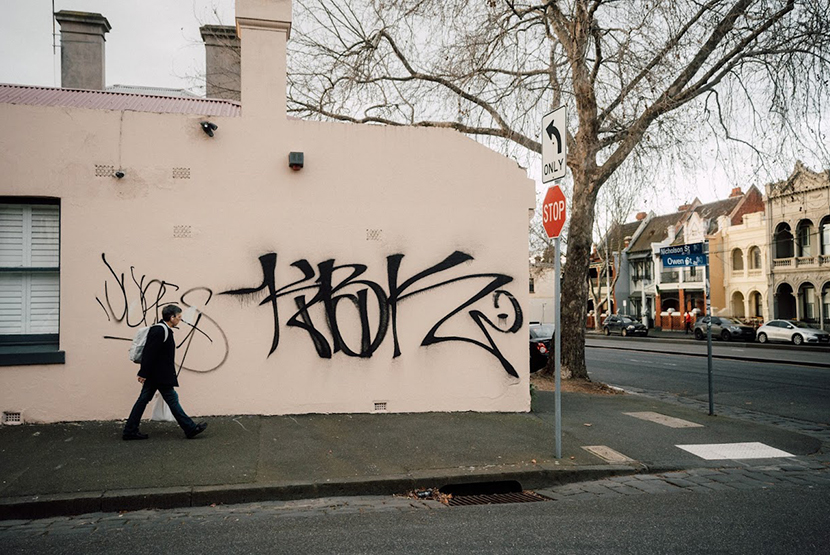Graffiti removed at record levels but Carlton traders call for more “forward thinking”
Clean-up crews have removed a record amount of graffiti across the municipality after the City of Melbourne battled a 60 per cent increase in the vandalism act after lockdowns.
New data from the council revealed 80,000 square metres of graffiti had been cleaned off since the start of the year after a blitz began in March.
A rapid response clean team has removed more than 30 per cent of the graffiti from the central city, with North Melbourne and Carlton accounting for about 25 per cent. West Melbourne and Kensington made up 17 per cent of total graffiti jobs.
The council said it was continuing to work closely with Victoria Police to identify and deter offenders.
During the blitz, 22 people were arrested for illegal tagging, using information and footage supplied by the City of Melbourne.
“We know everyone is furious at the amount of vandalism and graffiti that has occurred over the past few years. We want to stamp out this destructive scourge and make Melbourne a city we can all be proud of again,” Deputy Lord Mayor Nicholas Reece said.
Cr Reece said the clean-up crews had “done an incredible job” as the CBD welcomed more workers, students, and visitors – with nearly two MCGs worth of graffiti removed in less than four months.
During the blitz, he said nearly 90 per cent of the clean team’s work involved removing graffiti from privately-owned buildings and assets.
The council’s graffiti blitz ran from March 6 to June 30 to combat illegal graffiti and tagging, improve public spaces and ensure the city was visually appealing.
More than 75 per cent of the clean-up targeted privately-owned commercial buildings and private street assets while 10 per cent of graffiti removal was from private residential properties and 12 per cent from council-owned assets.
However, the Carlton Inc. Traders’ Association executive officer Phillip Mansour said feedback from traders suggested there hadn’t been a decrease in graffiti in Carlton and “it’s more prevalent than ever”.
“Business owners are always expressing they’re not seeing enough works in Carlton, whereas the inner CBD is always prioritised, it seems Carlton is last on the list,” he said.
“Traders are aware there is a graffiti reporting service online but simply don’t have the staff or capacity to continually fill out these forms.”
Mr Mansour said while he acknowledged the graffiti blitz was a great initiative, the council needed to be “more forward thinking rather creating repetitive knee-jerk reactions”.
“Rather than the council continually revisiting the same sites time and time again to rectify graffiti why don’t they invest in anti-graffiti coatings that repel graffiti, so spray paint doesn’t stick?”
“There’s technology available and this will be a greener alternative as it means less brush cleaning, less fossil fuel vehicles driving around, and less paint being used.”
Ms Mansour said this approach would be a “win all round” as well as reduce long term repetitive costs, and keep the streets cleaner for longer.
“This will also allow graffiti cleaning staff to be deployed in alternate areas, alleviating resources. We all know how hard it is to find staff at the moment. Let’s work smarter, not harder and repetitively,” he said.
Carlton Residents’ Association president Antionette Sagaria, who could not be reached for comment before deadline, has previously said while “it’s all well and good” cleaning off graffiti, it was a reactionary approach and prevention measures such as education and diversionary programs should be considered.
“I think people in the area are fed-up there’s not enough action and it just keeps happening. They do a blitz, it all looks clean for about 24 hours and that’s it,” she said in May.
The clean-up comes as the City of Melbourne invested $28.2 million in its latest budget to tackle illegal graffiti including $1.5 million to expand the rapid response clean team.
Lord Mayor Sally Capp travelled to Singapore at the end of July to meet with political and business leaders to discuss ways of addressing graffiti. •

Residents win fight to save laneway from development in East Melbourne







 Download the Latest Edition
Download the Latest Edition